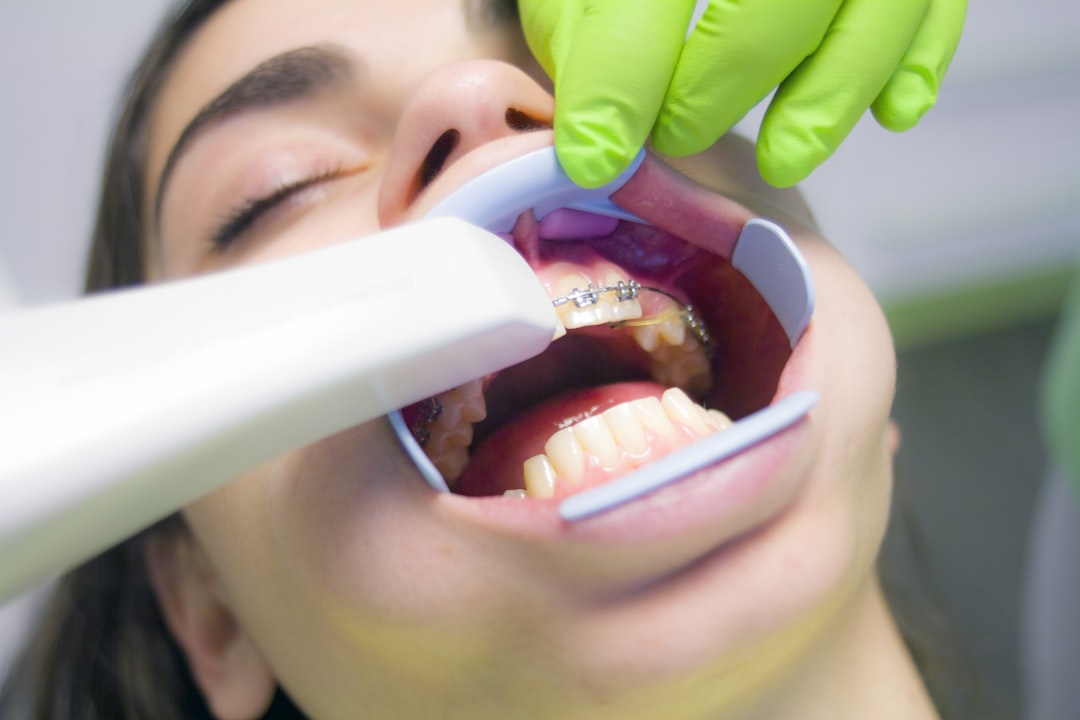
If there is a cavity that forms between the teeth, it is called an interdental cavity or interproximal cavity. Unlike conventional cavities that form on the biting areas of teeth, interdental cavities can be more elusive, often escaping detection until they have already advanced. Knowing the signs of an interdental cavity can assist in seeking prompt dental treatment and preventing additional damage. This page has all the info you need.
A prevalent symptom of an interdental cavity is sensitivity to hot and cold foods or drinks. When there is a cavity between teeth, it exposes the underlying dentin, which is more sensitive than the outer enamel. As a result, you may experience a sharp, fleeting pain when you consume hot coffee or cold ice cream. Such sensitivity serves as a clear warning sign of an issue with your teeth and should not be disregarded.
Prolonged sensitivity to sugary foods is another sign to be mindful of. If you continue to feel pain or discomfort after consuming sugary foods, it may be an indication of an interdental cavity. Cavities enable sugars to penetrate the affected area, causing prolonged sensitivity and discomfort. If the sensitivity persists even after you’ve finished eating sugary treats, it is recommended that you seek a thorough examination by your dentist.
Toothache and gum sensitivity can also indicate the presence of an interdental cavity. As the cavity advances, it can impact the adjacent gums, leading to inflammation and tenderness. You may experience pain when biting down or applying pressure to the affected area, along with sensitivity when brushing or flossing around the affected teeth. If you notice these symptoms, it is crucial to seek dental attention to prevent further damage and potential complications.
Stains appearing between the teeth can also signify the presence of an interdental cavity. As the cavity progresses, it can trap food particles and bacteria, leading to discoloration in the interproximal spaces. You may notice brown or black stains developing in the gaps between your teeth, which can be a cause for concern. While regular dental cleanings and proper oral hygiene can help prevent staining, persistent discoloration should prompt a visit to the dentist. Click here for more helpful tips on this company.
Another visible sign of an interdental cavity is the presence of holes or pits in the affected teeth. As a cavity emerges between teeth, it gradually eats away at the enamel, creating small holes or pits in the affected area. These holes or pits may be visible to the naked eye or may require dental instruments for a thorough examination. If you notice any irregularities or abnormalities in the texture of your teeth, it is important to schedule a dental appointment for further evaluation and appropriate treatment.
In summary, it is of utmost importance to be able to recognize the signs of an interdental cavity for the sake of maintaining excellent oral health. Signs such as sensitivity to hot and cold, prolonged sensitivity to sweets, toothache and gum sensitivity, staining between teeth, and the presence of holes or pits in teeth should not be overlooked. By being proactive and seeking timely dental care, you can prevent further damage, potential complications, and maintain a healthy smile. Make sure to schedule regular dental check-ups, practice good oral hygiene, and promptly address any concerning symptoms to safeguard your dental well-being. By remaining vigilant and prioritizing your oral health, you can effectively prevent and manage interdental cavities, thus ensuring a lifetime of healthy teeth and gums. View here for more info on this product.
Support: read the article